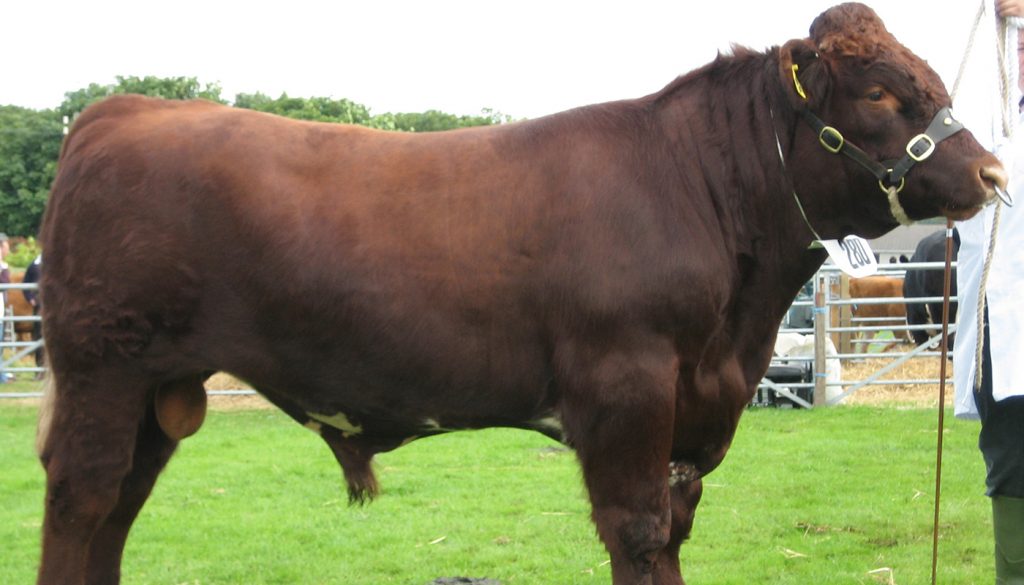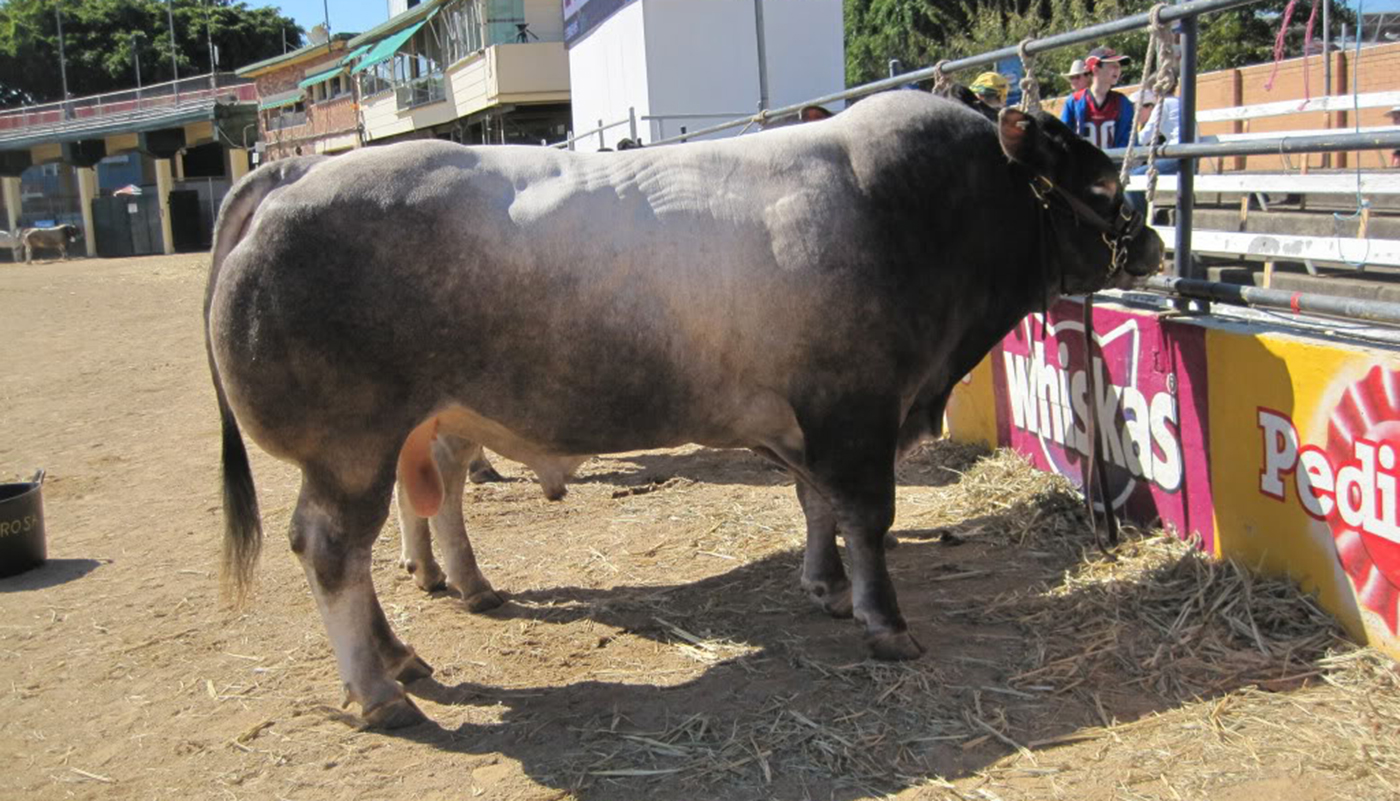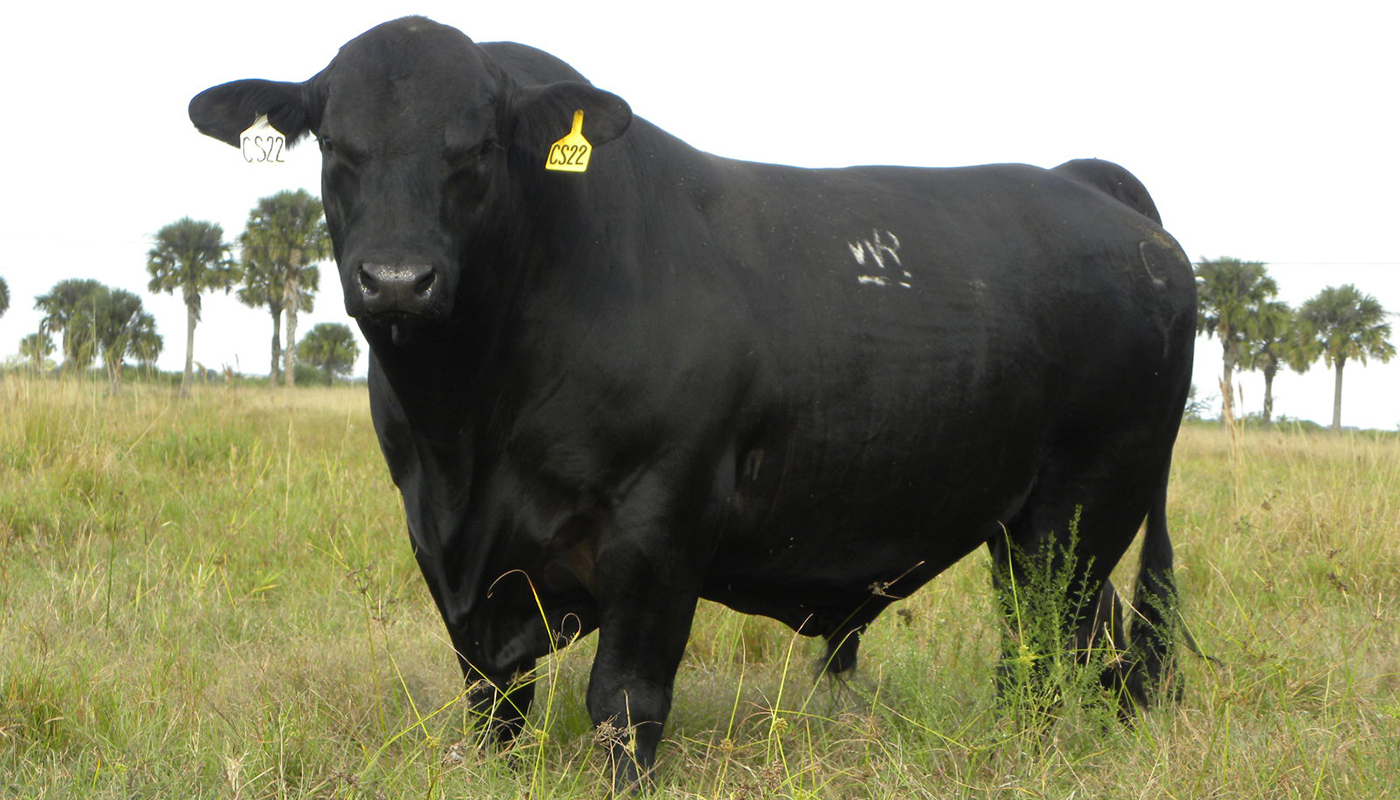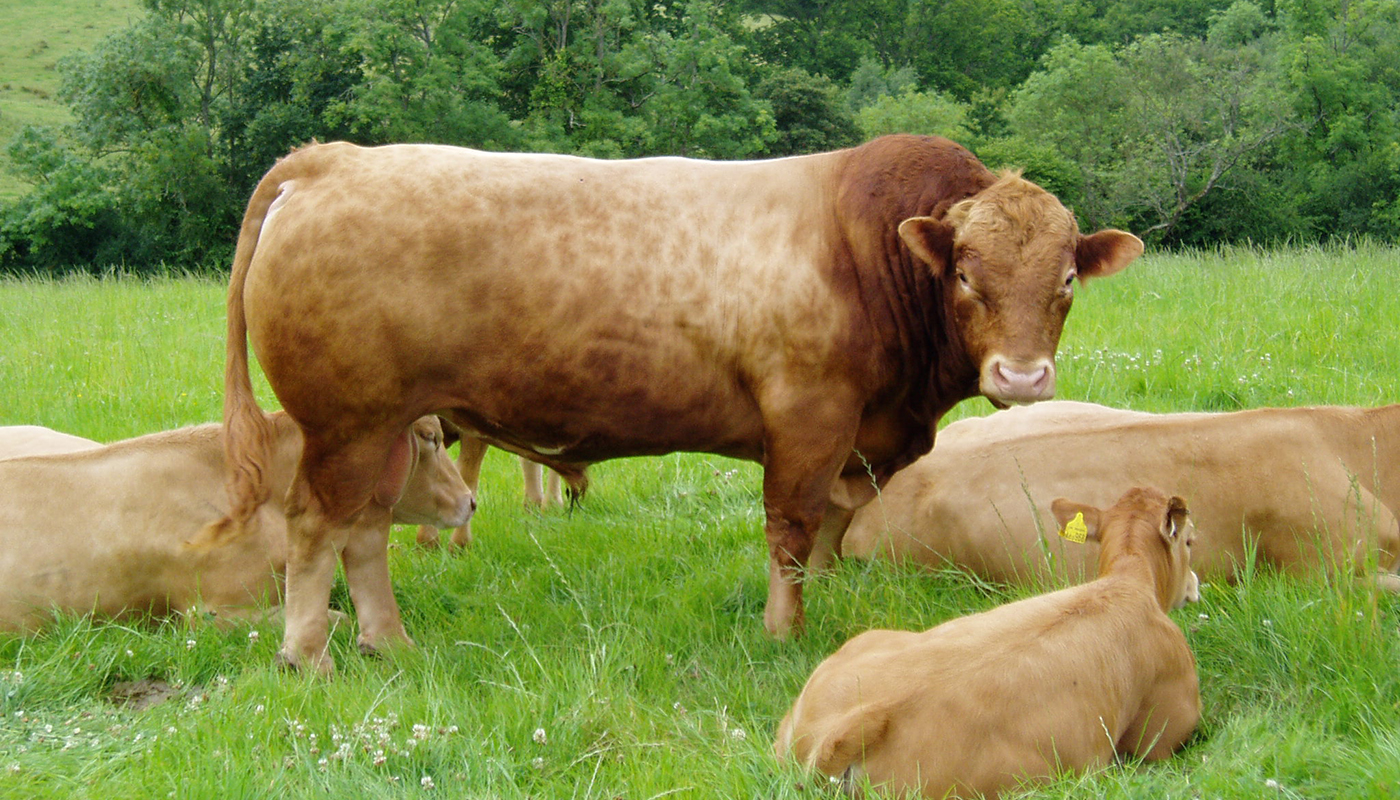
he Shorthorn cattle breed were initially developed as a dual-purpose breed that was used for both dairy and meat. But some cattle proved to have better milk qualities and others had better meat qualities. Over the course of time, these breeds developed into two separate Shorthorn cattle types the Beef Shorthorn or the Dairy/Milking shorthorn.
SHORTHORN CATTLE BREED OF CATTLE QUICK PROFILE OVERVIEW
|
|
|---|---|
| The Original Shorthorn cattle breed are very rare these days and are listed as critical by the American Livestock Conservancy | |
| Country of Origin: | England |
| Other Names: | None |
| Main Purpose: | Milk and meat |
| You may Also Like: | 35 Best Cattle Breeds for Milk – Dairy Cattle |
| You may Also Like: | 47 Best Cattle Breeds for Meat – Beef Cattle |
| Can be used for | Breed, Meat, Draft |
| Ideal Climate: | Heat, Cold, Most Climates |
| Conservation Status: |
Listed by the *ALC Status/Rarity: Critical they are also listed on the Rare Breed Survival Trust |
| Health Issues? | No known health issues |
| Good Starter Cattle? | Novice to intermediate Cattle farmer/keeper level |
| Cattle Associations: | Shorthorn Cattle Society of United Kingdom, Beef Shorthorn Cattle Society and American Shorthorn Association |
| Cattle Clubs: | Please refer to the Shorthorn Cattle Society of United Kingdom, Beef Shorthorn Cattle Society and American Shorthorn Association for more information on the Shorthorn Cattle breed |
| Where to buy them? | Please refer to the Shorthorn Cattle Society of United Kingdom, Beef Shorthorn Cattle Society and American Shorthorn Association for more information on the Shorthorn Cattle breed |
| Child Friendly? | Livestock should not be left unattended around unsupervised children |
| General Information: | The Shorthorn have always had differed breeders with some selectively breeding for dairy qualities, some selectively breeding for their beef qualities and then some selectively breeding for a good balance of the two (original/heritage Shorthorns).
The original or heritage Shorthorn is referred to at the Dairy Shorthorn in the United Kingdom. Their numbers are declining rapidly throughout North America, the United Kingdom and globally. The pure-bred strains of the Shorthorn are on the American Livestock Conservancies “critical” list. They are long-lived cows that live up to 20 years of age and usually produce off-spring right up to 16 to 17 years of age. |
| Note: *ALC stands for American Livestock Conservancy | |
PHYSICAL CHARACTERISTICS |
||||||||||||||||||||||||||||||||
|---|---|---|---|---|---|---|---|---|---|---|---|---|---|---|---|---|---|---|---|---|---|---|---|---|---|---|---|---|---|---|---|---|
| The Shorthorn cattle have a medium to large frame with the usual block type well-developed cow physique and the bulls a bit stockier more muscular and a bit rounded. Shorthorns have a small to medium sized rectangular head with a slightly upturned snout. They have medium to long sturdy legs. | ||||||||||||||||||||||||||||||||
| Size: | Medium to large | |||||||||||||||||||||||||||||||
|
||||||||||||||||||||||||||||||||
COW BREEDING & MILKING INFORMATION |
|
|---|---|
| Most Cattle produce milk but not all of them are used in the dairy Cattle capacity for their milk. Cows only calve once a year and should have 12 to 14-month inter-calving cycle. The Shorthorn cattle have been known for the good quality and healthy yields of milk. They play a significant part in the history of dairy cattle breeds. They are fertile, long-lived and the cows will produce healthy calves up to the ages of 16 to 17 years old. | |
| Breeding Period/cycle: | Usually lasts 6 to 24 hours Most ave. 12 to 16 hours Cows usually come on heat every 21 days. |
| Estrous cycle: | Ave. 17 days to 24 days Heifer – usually ave. 20 days Cows – usually ave. 21 days |
| Gestation Period: | Usually, around 279 to 287 days but most gestation is 283 days. Cows that are carrying bull calf’s their gestation period is usually a little longer than cows that are carrying heifer calves. |
| No. Calves/Litter: | 1 calf at a time. Cows rarely have twins or triplets, but it can happen |
| Lactation Period: | Cows lactation period can last for up to about 10 months (305) days. |
| Milking From: | 1 to 6 weeks after Calving |
| Drying off Period: | The cow should have a 12 to 14-month inter-calving cycle. Drying off period for around 60 days before she can calve again. |
| Milk Quality: |
Good, Butterfat = 3.8%, Protein = 3.3% Quantity: 5500 kgs Per: Lactation period |
| Milk Ideal for: | Calves, drinking, cheese, and most other dairy products |
| You may Also Like: | 35 Best Cattle Breeds for Milk – Dairy Cattle |
CATTLE MEAT PRODUCTION INFORMATION |
||||||||
|---|---|---|---|---|---|---|---|---|
| The Shorthorn cattle produce an excellent quality of beef they are well known for their efficient feed conversion to weight gain which is well suited to low-input systems. The beef has a carcass yield of about 60.5% and the nice marbling of the meat makes for tender, succulent and flavorsome beef cuts. It also helps that the calves mature relatively early and they have a good proportion of meat to bone ration that more than meets today’s consumer’s high demands. | ||||||||
| Meat Production? | Yes, Quality: V Good | |||||||
|
||||||||
| You may Also Like: | 47 Best Cattle Breeds for Meat – Beef Cattle | |||||||
CATTLE SKIN PRODUCTION INFORMATION |
||||||||
|---|---|---|---|---|---|---|---|---|
| Most meat Cattle will have a skin by-product, and these are usually used in some form or just as a hide. Whilst not specially bred for their skin and because they are a listed breed with mostly a critical listing status at both the ALC and RBST any skin production from the Shorthorn breed is probably very well monitored. That is not to say that their hides are not used for leather production because they do still produce beef in a controlled environment. | ||||||||
| Skin Production? | N/A | |||||||
| Skin is used to Produce: | Calf/cow skin leather products such as shoes, car seats, fine leather coats, gloves, handbags, belts, furniture, rugs, etc. | |||||||
|
||||||||
HISTORY
The Shorthorn cattle breed was originally established in England in the 18th century. It was originally found in Teeswater and Durham in the North East of England and the first ever herd book for the breed was opened in 1822. The book initially contained 850 cows and 710 bulls it was published as Coates’s Herd Book and became the first ever pedigree herd book for cattle in the world.
The Shorthorn Society of Great Britain and Ireland was founded in 1874 and to this day they still publish the Coates Herd Book.
During the 20th century, the Shorthorn cattle breed was used as a dual-purpose breed and the bulls were licensed by the MAFF. Which according to the MAFF records there were 23730 Shorthorn bulls registered against 12917 bulls of various other cattle breeds in the country between 1937 and 1938. Making the Shorthorn cattle one of the most prevalent breeds listed at the time.
In 1958 there was more call for the breeds beef specialization which led to the cattle varieties of the Shorthorn that had better beef qualities getting their own section in the herd book and listed as Beef Shorthorn.
The Shorthorn that has maintained both of its milk and dairy qualities are referred to as Heritage or Original Shorthorn cattle and are seen as the Original population by the RBST and the ALC. Due to the dwindling numbers of the Original Shorthorns, a program was undertaken by the RBST to store embryo’s and or implant them in surrogate mothers to keep the Original breed lineage alive.
Shorthorns that have been bred with outside breeds are not considered to be part of the original population of the breed. The program to introduce outside breeds was introduced by the RBST in 1970 as a conservation effort.
Shorthorns were first brought to America in the late 1700s with the largest of the imports of the breed being in 1820. The breed was initially found in Ohio and Kentucky which is a region that had loads of grasslands and good corn fields to feed the cattle with. The Shorthorn became valued for its beef and dairy quickly spreading through North America in the 1800s. As it was also a strong, hardy and durable cattle breed it was also used as a draft animal to pull carts, wagons and even plows.
In the early 1900’s the Shorthorn breed became split into two significant breeds namely the Milking Shorthorn and the Beef Shorthorn or simply Shorthorn. The Milking Shorthorn is the Native or heritage shorthorn which in England is known as the Dairy Shorthorn or simply Shorthorn.
The breed declined when the industry began to favor the Holstein breed for milk production which sadly the Milking Shorthorn could not compete against in forms of product supply. The Milking Shorthorn lost favor and the numbers began to drastically decline to where it is today fighting to keep the breed alive.
USEFUL LINKS
- Purebred Dairy Cattle Association
- American Dairy Association
- National Association of Animal Breeders
- American Dairy Science Association
- United States Cattlemen’s Association
- National Cattlemen’s Beef Association
- American National Cattlewomen
- Beef Cattle Breed Associations
- National Cattlemen’s Beef Association
- Fur Commission USA
- North American Meat Institute
- American Livestock Conservancy
- Animal Shelter (ASPCA)
- American Veterinary Medical Association
- American Animal Welfare Society
- American Animal Control
- American Society of Animal Science
- United States Department of Agriculture
 Bazadaise Cattle Breed – Everything You Need to Know
Bazadaise Cattle Breed – Everything You Need to Know Brangus Cattle Breed – Everything You Need to Know
Brangus Cattle Breed – Everything You Need to Know Black Hereford Cattle Breed – Everything You Need to Know
Black Hereford Cattle Breed – Everything You Need to Know Gelbvieh Cattle Breed – Everything You Need to Know
Gelbvieh Cattle Breed – Everything You Need to Know Ankole-Watusi Cattle Breed – Everything You Need to Know
Ankole-Watusi Cattle Breed – Everything You Need to Know Beefmaster Cattle Breed – Everything You Need to Know
Beefmaster Cattle Breed – Everything You Need to Know Heck Cattle Breed – Everything You Need to Know
Heck Cattle Breed – Everything You Need to Know Normande Cattle Breed – Everything You Need to Know
Normande Cattle Breed – Everything You Need to Know Texas Longhorn Cattle Breed – Everything You Need to Know
Texas Longhorn Cattle Breed – Everything You Need to Know Welsh Black Cattle Breed – Everything You Need to Know
Welsh Black Cattle Breed – Everything You Need to Know Afrikaner Cattle Breed – Everything You Need to Know
Afrikaner Cattle Breed – Everything You Need to Know Agerolese Cattle Breed – Everything You Need to Know
Agerolese Cattle Breed – Everything You Need to Know